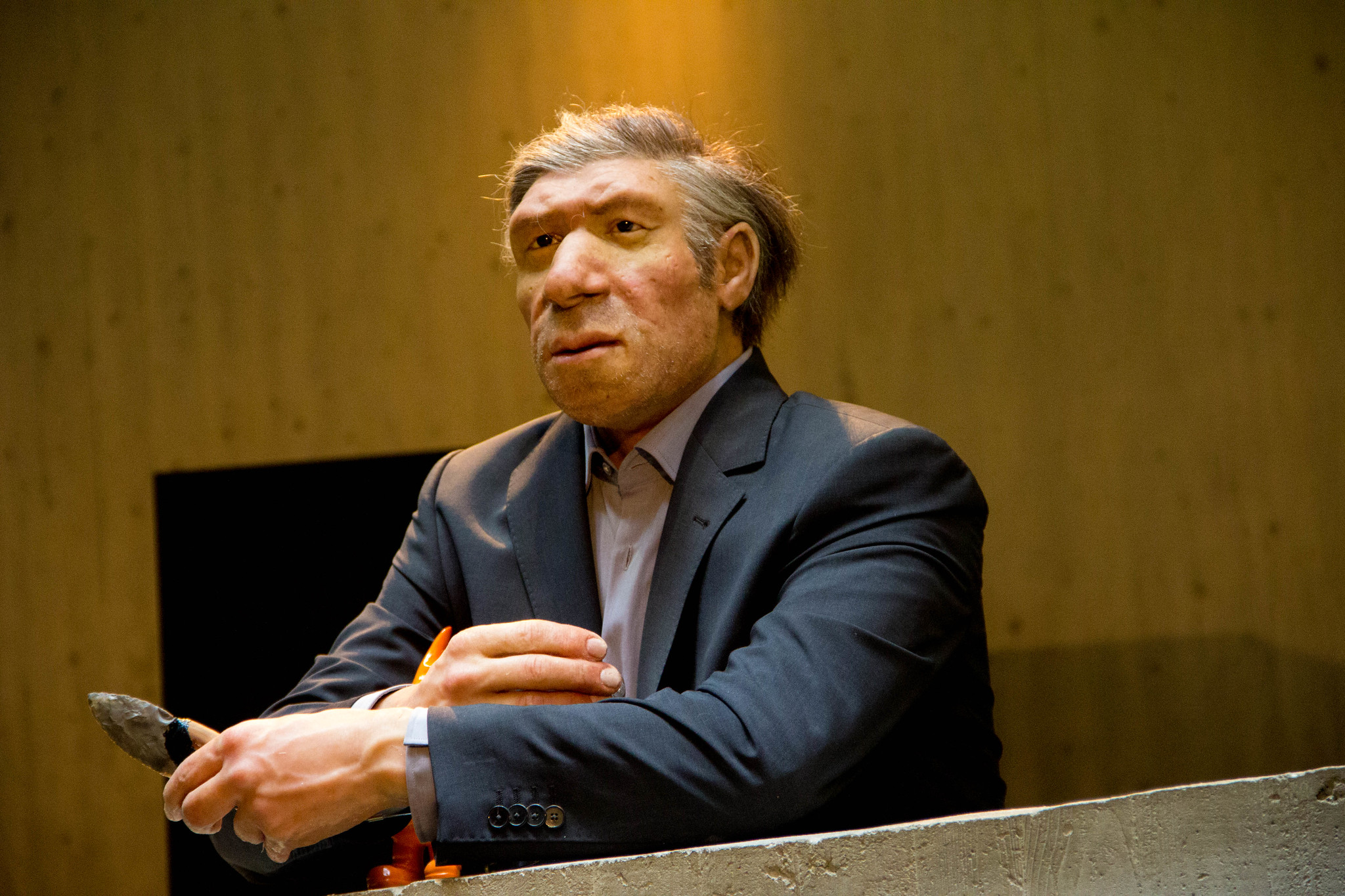
A recent study suggests the reason modern Europeans possess less Neanderthal DNA as compared to today’s East Asians could be linked to the migration of Ancient Middle Eastern farmers.
People with roots outside of Africa typically have around two percent Neanderthal DNA in their genes. However, individuals with East Asian heritage carry eight to twenty-four percent more Neanderthal genes as compared to those of European descent, reported Live Science.
This might seem puzzling since we know from fossils that Neanderthals dwelled in Europe, so why do East Asians have more of these genes today?
A recent study offers a possible explanation for this puzzle. Around forty thousand years ago, our ancestors, Homo sapiens, who were mainly hunter-gatherers, left Africa. During their journey, they came into contact with their relatives, Homo neanderthalensis, leading to some interbreeding.
However, about ten thousand years ago, another group of Homo sapiens migrated into Europe. These newcomers were mainly farmers with very little Neanderthal ancestry, and they originated from what is now known as the Middle East and Southwestern Asia.
When these early farmers mixed with the local hunter-gatherer populations in Europe, they brought with them a more Homo sapiens-centric genetic makeup.
This mixing reduced the presence of Neanderthal genes in Europe. In contrast, the Homo sapiens who settled in East Asia between sixty to seventy thousand years ago didn’t experience this dilution from these later arrivals, according to the study.
Study lead author Claudio Quilodrán, a postdoctoral researcher in ecology and evolution at the University of Oxford, proposed a simple explanation: “It’s just migration.”
Natural selection is not why some populations have more Neanderthal DNA
For the past thirteen years ever since scientists first decoded the Neanderthal genome, there have been questions as to how the genes of these ancient humans mixed with those of modern humans.
John Hawks, a paleoanthropologist from the University of Wisconsin–Madison, who wasn’t part of the study, points out that research indicates that having Neanderthal genes didn’t really give humans any big advantages or disadvantages for survival.
A new analysis of ancient #DNA may explain why Europeans have less Neanderthal ancestry than East Asians, suggesting that this variation may be attributed to the expansion of Neolithic farmers into Europe. https://t.co/U5v2b9y4JF pic.twitter.com/Qwv0XjL3nM
— Science Advances (@ScienceAdvances) October 19, 2023
Hence, it’s unlikely that natural selection is the reason why some populations have more Neanderthal genes than others.
Some have suggested that perhaps East Asians encountered and mixed with other Neanderthal groups in places like India or Iran, but this is just a theory without solid evidence, according to John Hawks.
Tracing the history of human-Neanderthal relations
To uncover the history of how humans and Neanderthals were connected, Quilodrán (lead author of the study) and his team studied 4,464 previously analyzed Homo sapiens genomes, ranging from forty thousand years ago to the present.
They examined how much Neanderthal DNA was present in these genomes based on where they came from as well as the time frame of migration.
Their findings showed that in the early stages, the amount of Neanderthal DNA in anatomically modern humans was higher in Europe as compared to Asia.
This aligns with what we would expect if early Homo sapiens left Africa, spread into the Near East and Europe, and encountered their Neanderthal relatives. The decrease in Neanderthal genes in European humans took place later in history, reported Live Science.
A significant contrast emerged when comparing European hunter-gatherers with the Neolithic farmers who migrated to Europe around ten thousand years ago. The hunter-gatherers possessed a greater share of Neanderthal genes in comparison to Neolithic farmers.
This suggests the arrival of these new farmers played a significant role in reducing Neanderthal ancestry in Europe. In East Asia, there wasn’t a similar influx of newcomers. Their farmers were native to the region.
As a result, East Asian genetics did not experience the same level of dilution, according to the study.
See all the latest news from Greece and the world at Greekreporter.com. Contact our newsroom to report an update or send your story, photos and videos. Follow GR on Google News and subscribe here to our daily email!



